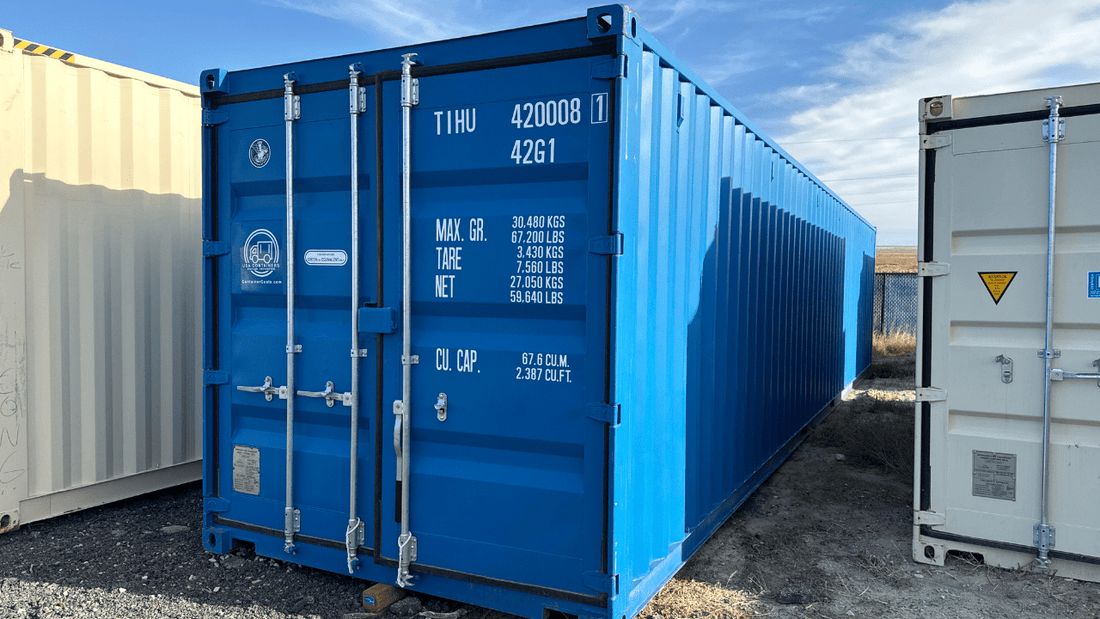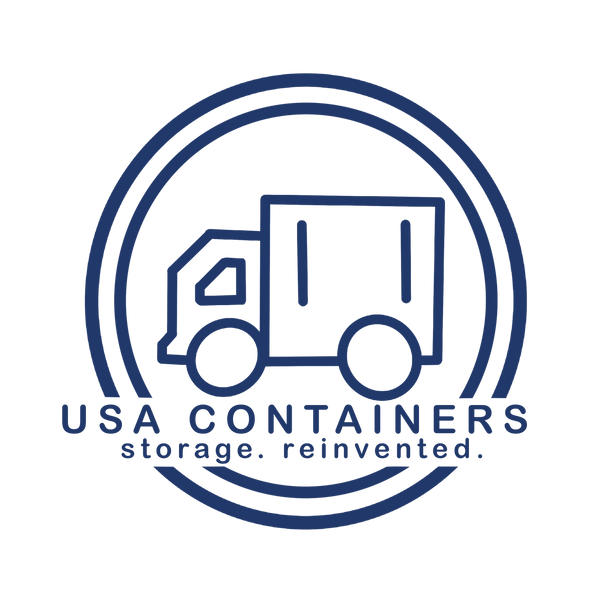
What’s the Difference Between a Shipping Container and a Conex Box?
Share
If you’ve spent time researching storage or transportation options, you’ve probably come across the terms shipping container and Conex box. At first glance, they might seem interchangeable, but the two terms carry different histories, uses, and industry contexts. Knowing the difference can help you make a more informed choice when it comes to buying, renting, or modifying one for your project. Let’s break it down in simple terms.
The Origin of “Conex Box”
The term Conex box goes back to the 1950s during the Korean War. The U.S. Army needed a standardized way to move supplies quickly and safely. They introduced the Container Express System, shortened to Conex. These boxes were rugged, stackable, and easy to move between ships, trains, and trucks. For the military, it was a game-changer.
Because of that history, many people—especially those with ties to the armed forces—still use the phrase “Conex box” today. In some parts of the country, the term has become a catch-all for any steel storage container, even if it isn’t technically a military-grade Conex.
What a Shipping Container Really Is
A shipping container, on the other hand, refers to the ISO standard containers used around the world for international trade. These are the rectangular steel boxes you see stacked on cargo ships. The International Organization for Standardization (ISO) developed precise guidelines for their dimensions, weight capacity, and design, which makes them compatible across shipping companies, ports, and trucking fleets.
Key Differences Between a Shipping Container and a Conex Box
Although both are large, steel, and rectangular, here are the main distinctions:
History and Naming
Conex box: Originated from the U.S. military’s Container Express system.
Shipping container: Standardized under ISO for global trade.
Usage
Conex box: Primarily used by the military for secure, durable transport and storage.
Shipping container: Used worldwide for commercial freight and later adapted for civilian storage, housing, and custom builds.
Standardization
Conex box: Built for specific military specifications.
Shipping container: Designed to meet ISO standards, ensuring compatibility across ships, cranes, and trucks.
Modern Terminology
In today’s civilian market, when someone says “Conex box,” they’re usually referring to a standard shipping container. However, in a military context, Conex still means those specialized, historically significant boxes.
Why the Confusion?
Language evolves, and regional habits play a role. In Texas, for instance, contractors and ranchers often say “Conex” when ordering a container for on-site storage. In logistics and shipping industries, professionals almost always use “shipping container.” Think of it like how people say “Kleenex” instead of tissue—it’s brand recognition turned into general vocabulary.
Which One Do You Need?
Choosing between a shipping container and a Conex box depends on your situation.
For everyday storage or shipping: A standard shipping container is the way to go. They’re widely available, affordable, and versatile.
For military surplus or collectors: A true Conex box might appeal to you for its history and toughness, though it’s less common and may not meet current ISO specifications.
For modifications like homes, offices, or workshops: Shipping containers are better suited since they’re uniform in size and easier to work with for construction or design projects.
How to Tell Them Apart
If you’re standing in front of one, how do you know if it’s a shipping container or a Conex box? Here are a few clues:
Markings: ISO shipping containers will usually have identification codes, owner prefixes, and load ratings stenciled on the outside.
Design features: Shipping containers have standard corner castings for cranes and locks, while military Conex boxes may look similar but lack certain ISO markings.
Condition: True Conex boxes are often decades old and harder to find. If it looks brand-new and comes in standard 20- or 40-foot dimensions, it’s almost certainly a shipping container.
At the end of the day, whether you say “shipping container” or “Conex box,” most suppliers know what you mean. Still, it helps to understand the history and differences so you can choose the right product for your needs. Conex boxes carry a unique military legacy and laid the foundation for containerized shipping as we know it, but shipping containers are the modern standard — perfect for storage, transport, and modifications.
Fill out the form below for a free shipping container quote from USA Containers:
